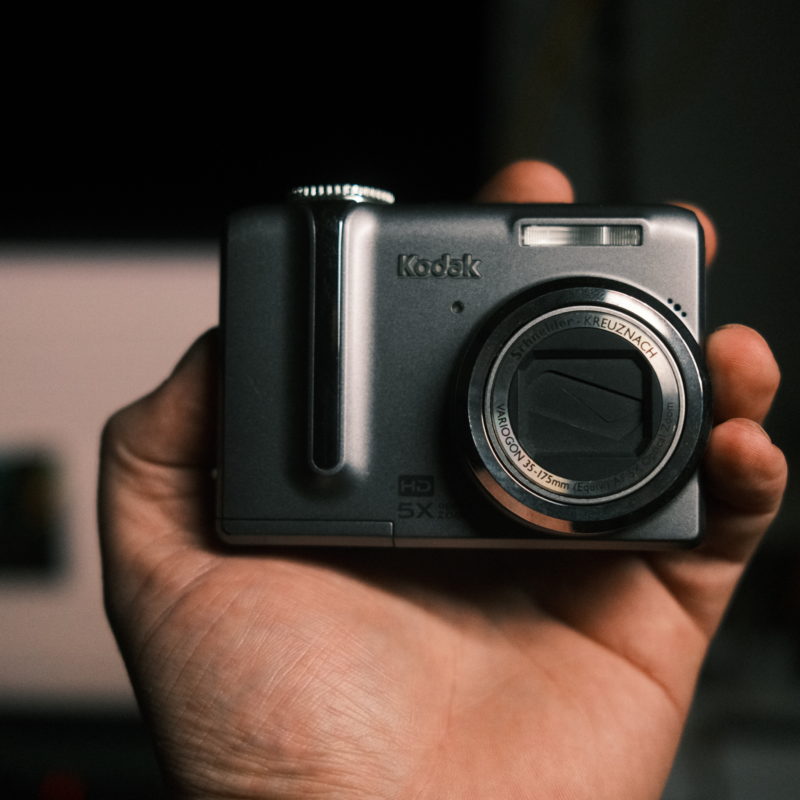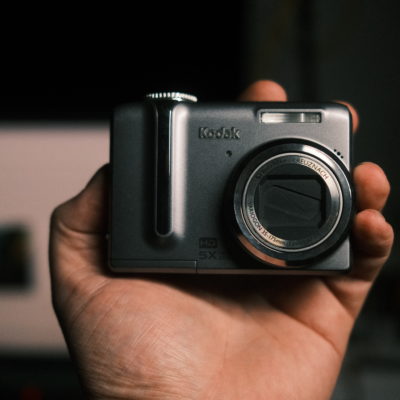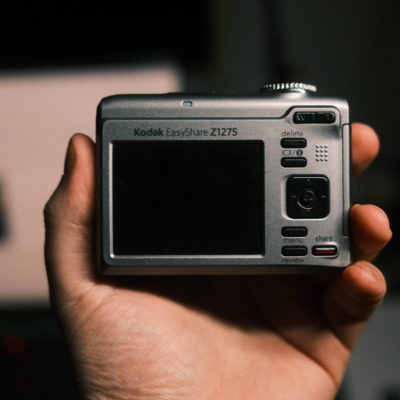It has been said 1000 times, but the best camera is the one you have with you. Modern cell phones like the offerings from Google, Apple, and Samsung can take some truly amazing pictures for being what is ostensibly a “secondary” feature on your device (unless it isn’t) but they all do kind of come out the same all things considered. The sensor is so small and the lens so cheap that images tend not to have any depth to them, and can easily be picked out of a lineup as being “a cellphone photo” not to mention the fact that they don’t tend to give you that joie de vivre many folks are looking for when taking pictures these days. Basically everyone enjoys snapping photos when out and about, but there is a subset of those people who would like something a little nicer, or perhaps just different, than their cell phone can provide.
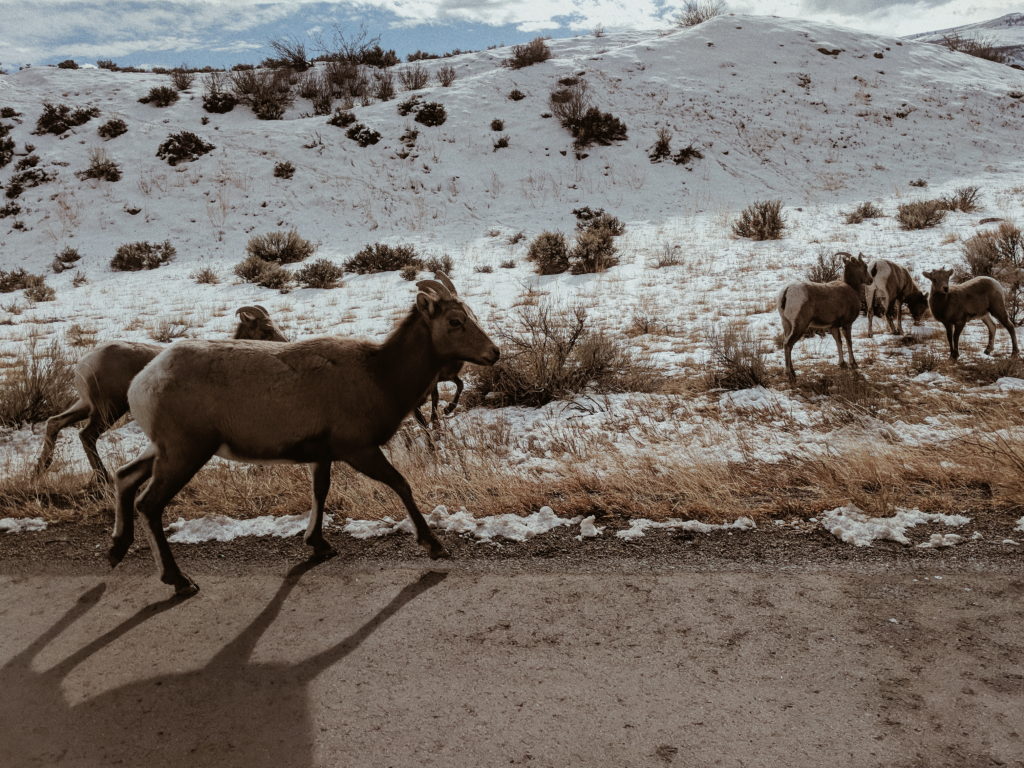
This article is for those folks who maybe are considering getting a carry-around camera and aren’t really experts on the matter and would like some advice. I’m going to make some assumptions here, but generally I’m taking the angle that you want to be able to take photos with that certain “aesthetic” that your impression of a film camera provides but don’t know anything about them and you want to be able to take it out for a night on the town or brunch with your friends or a hockey game or what have you. I’m assuming it’s you and your friends as the subject of these photos and not like… MAGNUM-level street photography or portraiture or anything like that. We’re talking about having fun here, not necessarily making money.
Before we jump in, I do want to spend a moment talking about film and the kind of romantic feeling it gives people. Film does not, in and of itself, have an inherent “look” the way people think it does. It certainly has properties that differentiate it from digital, but with a skilled enough hand you can make one indistinguishable from the other, especially since people’s subjective impressions of what “the film look is” differ wildly depending on who you ask. Really what makes the difference is the lighting and lens choice, and then in digital’s case, the editing usually. I’m super simplifying the matter since this is supposed to be an “everyone” article, but basically something like my Fujifilm X100V digital camera can make an image that looks a lot like what people think film looks like, and a film stock like Ektar 100 shot in a modern camera with a fantastic lens might look like fancy digital to some. For this article, I’m assuming you want to see a lot of character in your image (a lot of intangibles, a lot of fun “stuff” in the image, as it were, that digital doesn’t tend to offer right off the bat) but at the end we will talk about just having a really nice camera to take around with you that takes “perfect” photos every time, so to speak.
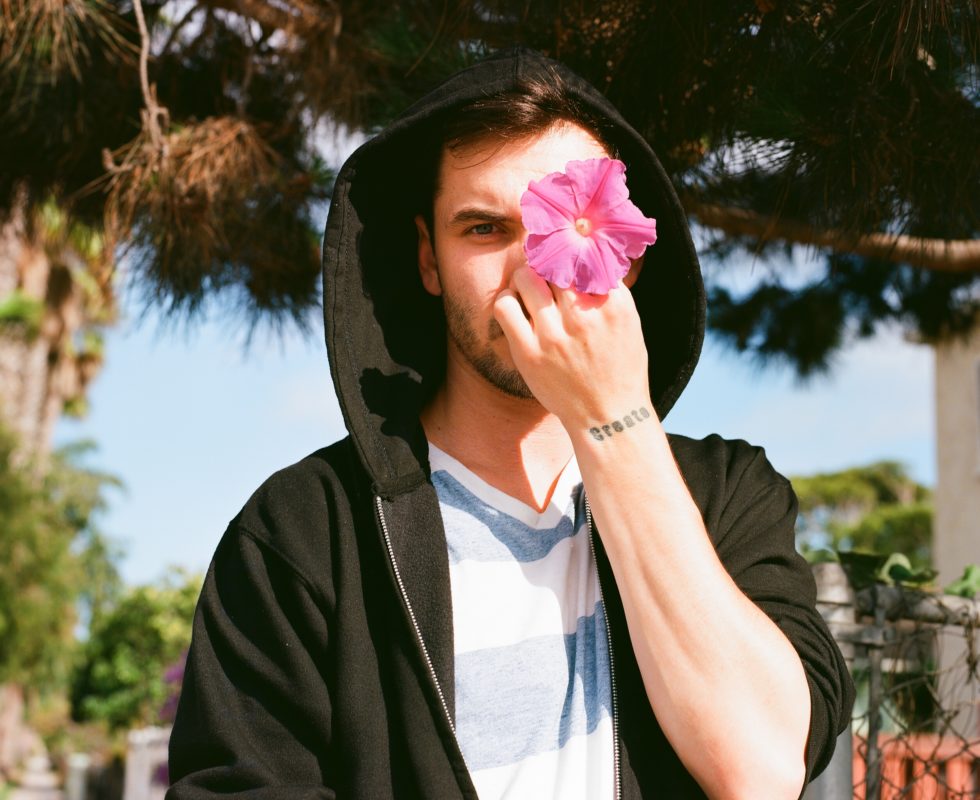
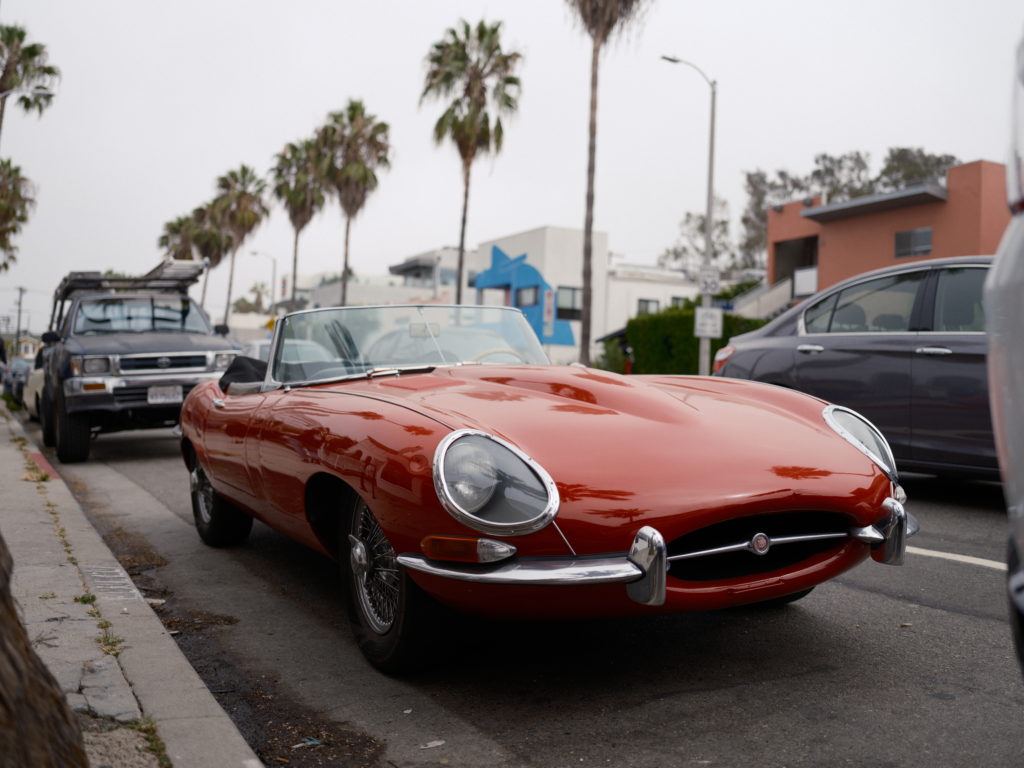
Big thing right off the top: we have to talk about size. No matter what camera you get, you’re not going to take it around if you can’t… take it around. I love my Mamiya RZ67proII (which shot the above image) but the thing weighs about as much as a French Bulldog and is just about as ergonomic. Four our point-n-shoot needs, you want something that can roughly fit in your jacket pocket, or isn’t too annoying to put a strap on and sling it around your shoulder. Those among us who carry purses may have an easier time with that idea than those of us who don’t. That’s really the main concern with any “travel” camera, everything else is personal preference, so let’s dive into those options.
I’ll knock out the elephant in the room to start, and this will take up a lot of the article, but do you want to go Film or Digital? Film photography has certainly exploded in popularity recently, and while I’m excited to see that as a photographer who loves film, it has come at perhaps an inopportune time. You see, Film basically died as a medium in the mid aughts. Production went way, way down, development services all but disappeared, and after the dust settled everything became incredibly expensive. There was just too much time between film’s hayday and its eventual return to popularity 20 or so years later.
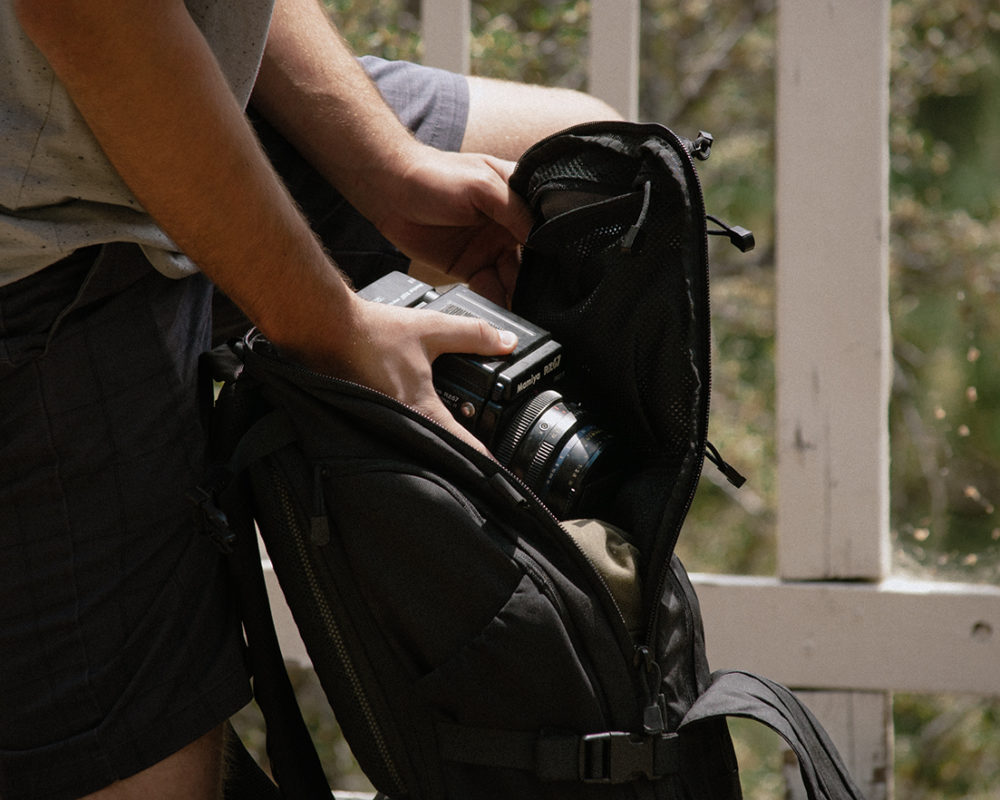
To wit: a single roll of 35mm film (likely Kodak Portra or Gold since that’s nearly all that’s left in the color film world) is about $10-$15 at Filmtools and with that you’ll get 36 photos. From there, you’ll need them developed. Personally I use The Darkroom in San Clemente because they do some specialty services I need (like scanning the entire negative for Sprocket Photography) and they have a great mail-in program and are relatively quick to turn your negs around. That’ll cost you $12, which includes some small scans that would be fine for Instagram, or for another $3 you can get the enhanced scans which are higher resolution. Personally, I always go for those. If you want prints made, which are very nice in my opinion, that’s an extra $8 for 4” prints and $20 for 5” prints. So somewhere between $23-$35 all-in, per-roll depending on how you want to go. For some reason using a Single Use (ie Disposable) camera adds another $3 but I couldn’t tell you why. Let’s say you’re just going to do the developing and get some nice scans since you’re just uploading to the internet, putting you at $15 per roll plus $6 return shipping so you get your negatives back and a little pre-paid envelope to send your next roll(s) back to them. So, conveniently for my math, $36 per 36 exposure roll from purchase to development.

Now, $1 per photo isn’t too much of a commitment, arguably, but the one thing with film is you don’t know what you’ve shot until the photos get developed and certainly at that price you wouldn’t be shooting “willy nilly” all night. With digital, as you well know, you see the image immediately and know if it’s worth retaking within seconds, and you can fit 10,000 images on a relatively affordable SD card. With film… well ya just have to go with feeling. For some that’s a wonderful feeling, for others it’s not. Many people like shooting film because they want to be surprised by what comes out! Maybe the flash did something interesting, maybe it was exposed in a weird way, maybe some colors shifted around, that can be a very enjoyable experience. That’s the “aesthetic” some are chasing after, and we’ll get to digital replication of that aesthetic later.
So, we’ve accepted that we’re getting 36 photos, some of which may be good, for about $36. Cool. Now we can get on to cameras.
In short: you’re getting a point-and-shoot. And, due to how popular film photography has gotten, it’s going to be kind of expensive. We’re going to pick ones that don’t have removable lenses to make life easier on you as well. The lens is what makes the image, not the camera, so no matter what you get, look up some photos from that camera and see if that built-in lens is giving you the characteristics you want. Some might be contrastier than others, sharper than others, more saturated, warmer, or cooler… the lens is nearly the most important part!
There’s probably 20 or 30 cameras I could list out for you but the ones below are some solid options that tend to come up when people talk about film compacts. 35mmc is a great little website with tons of Point & Shoot reviews and example photos that you can check out, and if you want to get a bit nerdier there’s Camerapedia, so between 35mmc’s reviews, Camerapedia, and regular old Google you should be good to make a decision. My suggestion is that you get a camera with a lens that’s around f2.8 (higher number = harder to shoot in dark situations all things being equal) and is somewhere between 28mm and 35mm. 50mm is generally considered to be the field of view of your eyes, so you’ll want something a bit wider than that since you can usually get closer to your subject but you can’t always get further away. Make sense? It’ll be your call whether or not you want a zoom lens instead, but I’d highly recommend a flash. You’ll also probably want to make sure it has Auto Exposure and Auto Focus so you can just snap the shot and keep having fun, instead of stressing over whether or not it’s bright enough or going to be blurry.
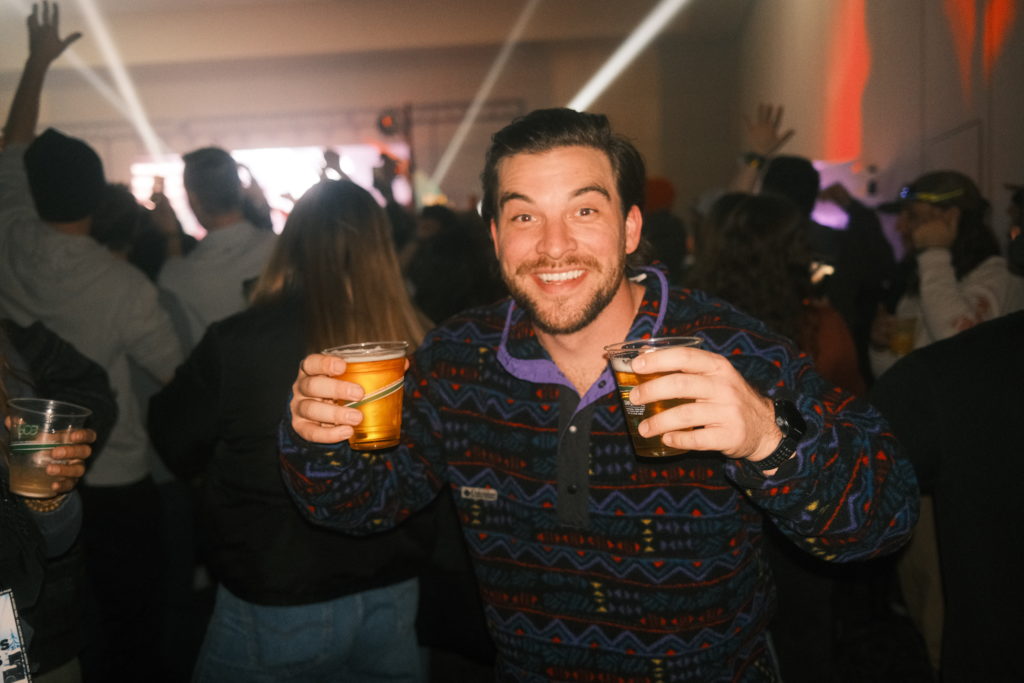
First up: The Contax T2 from 1990. This is the camera you saw Kendall Jenner carrying around in photos and using on Fallon (which some may point to as being the reason it’s suddenly impossible to find it at a decent price). It’s got a nice 38mm f2.8 lens which is a bit wider than your natural vision’s field of view, not a zoom, and bright enough that, in a bar or out at night, with the on-camera flash you’ll get that classic 90’s look you’re potentially… looking for. It’s also got Auto Focus and Auto Exposure, which you are looking for. The Contax T2 will set you back ~$1,000 on eBay and the slightly newer T3 is $2000+ so… maybe don’t do that. Thanks Kendall.
Another, slightly less expensive option from 1990 would be the Yashica T4 (or the T3 or T5). Terry Richardson, problematic as he is, used to use these and it’s pretty obvious that the style of photography he made famous is becoming popular again (the hard, direct-on flash, hard contrast outside of the subject, not polished in any way, etc) although getting a T4 or any P&S camera won’t suddenly make you a rockstar fashion photographer. In any case, the Yashica has a similar lens, 35mm and f3.5 so it’s barely wider and a bit darker than the Contax. Still a great lens though, and again not a zoom. The Yashica is also made of plastic where the Contax is aluminum. There’s also like… “slim” models of the Yashicas and weatherproof ones and whatnot, but in general you’ll be spending $500-$800 on one at the time of this writing.
There’s also a bunch of cameras by Leica that you can look into around that $500-$800 range, which aren’t leaps better than anything else but do have that coveted Leica logo on them and obviously the prestigious lenses. Here we’re talking the Mini 2 or Mini 3, both with similar 35mm f/3.5-ish lenses to the Yashica but likely a bit more “premium” (although the Yashica lens is by Zeiss, another fantastic lens company). There’s also the Leica Mini Zoom from 1993-95 if you’re looking for more versatility from your lens, giving you 35mm-70mm of range from f4 at the widest to f7.6 at the longest so probably best to use this one in a lot of light but it does have that in-built flash we’re looking for and the optics are fantastic for a small zoom so you’ll get some sharp photos. Great auto-focus too.
They’re not all super expensive though! You can get a Kodak KE60 (aka the Easyload 35) for like $20-$30! It’s basically a reloadable disposable, if you want to think of it that way, with a 29mm f5.6 lens, meaning it’s more suited for daytime photography than going out at night, but the field of view is a decent step wider than the previous models listed here. The images you’ll get during the day should be decently sharp but in lower light situations they’ll show a decent amount more “character” which, hey, maybe you’re looking for that!
The Olympus XA is another great, relatively affordable, super small and very fun camera (1.5” thick and 4” wide!). There’s also the XA1, XA2, XA3, and XA4, because this little guy was made from 1979 to sometime after 1985. It’s not fully automatic like the other cameras, so you will have to focus manually and set your aperture, but it’s got a fantastic 35mm f2.8 lens and you can set the aperture and let the camera determine the shutter speed which is basically Auto Exposure for your needs. Just have it at f2.8 if indoors and like… f5.6 or f8 when outdoors. It doesn’t have a built-in flash, but it does have an attachable one (either the A11 or more powerful A16 model) that doesn’t make it too much wider. With the A11 flash you’re looking at something like $150-$200 for the XA, without a flash you can get it for like $80-$100! I’d still get the flash.
There are also a few oddball choices you could go with. Obviously there’s Polaroid-style cameras out there you can get which might be a bit more cost-effective, such as the various Fujifilm Instax cameras, but then you don’t get scans of your images for posting online. If that kind of thing is important to you and you don’t want to take a picture of the polaroid, there are actually two “hybrid” versions of the Instax called the Mini EVO and Mini LiPLay which are more like digital cameras that have film effects and photo printers in them, so you can take as many photos as you want and decide how they look and which ones actually get printed. You can even use an app to send images to the camera for it to print out, even ones not taken with the camera, which is pretty neat. The difference being the other Instax cameras are traditional “take the picture, the camera spits out a polaroid” style analog cameras. Your call on which best fits your style. The Mini Evo runs about $200 and are a bit bigger than the more “pocket” cameras we’ve been talking about, and the Analog Instax options are more in the $80-$100 range and are a bit bigger still.
Another option is what is known as a “Half Frame Camera”. As the name suggests, these cameras only shoot half of a full frame allowing you to get twice as many photos on a roll (meaning that ~$36 investment we spoke of is getting you 72 pictures now). Half frame cameras, such as the Olympus EES2, tend to be smaller than their full-frame counterparts and can be had for arond $100. Half-frame cameras split a normal film image in half, giving you two vertical 3:4 frames, so potentially that’s something you might enjoy if you’re primarily posting these images online since that’s more conducive to Instagram’s preference for images, for instance. The half-frame format is not unlike the Super35 Motion Picture format, if you know what that means and are concerned about potential quality loss (in other words, it’s been blown up to movie screen size before, it’ll be fine).
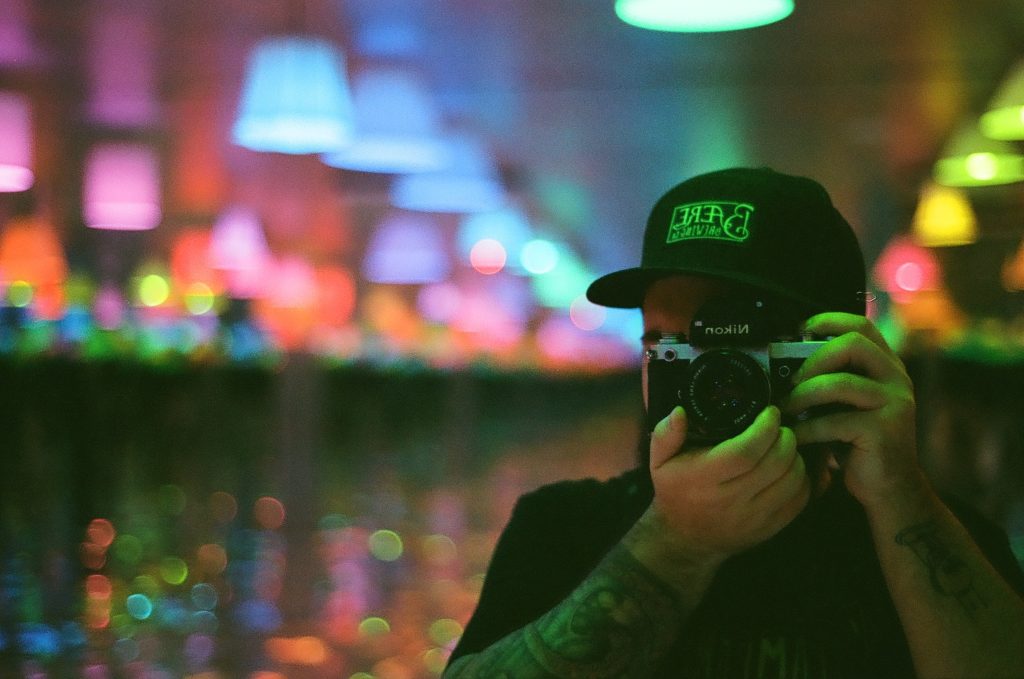
Like I said, there’s tons and tons of film point and shoots you can look up, those listed above are just some to get you started, but what about digital? A lot of people don’t really want to consider a digital point and shoot because they’re not aiming for something that looks so modern and likely want the experience of getting the images back well after you shot them, but you don’t have to pay for film/development, you know exactly what you’ve shot the moment you shoot it, and as the cameras are more modern they may be easier for you to use. There are a lot of advantages to today’s P&S cameras!
There’s three ways I’d say you can go about this:
1) Get a Fujifilm X100. This is probably my favorite digital stills camera on the whole and gives you the closest thing to a “film look” straight out of camera from any digital option, in my opinion. It definitely sparks the most joy and I take it with me practically everywhere. It has film simulations built-in to the camera, as well as that flash we’re looking for, so not only can you achieve that “aesthetic” you’re after but you can really customize the way your images look by dialing in those film simulations just the way you like them. They obviously have auto-focus and auto-exposure, and can even shoot fantastic video (some really gorgeous 4K on the newest “V” model!). If you were looking at film purely for “vibes” reasons but it sounds a bit complicated, I highly recommend looking at the X100 series. I have an X100V (the 5th iteration) but there’s the X100, X100S, X100T, and X100F behind it. The naming scheme might sound weird but it’s literally just X100 “Second”, X100 “Third”, X100 “Fourth” and since F was already taken, V=5. Any of them are fantastic options and while the newer ones are a bit harder to find (Filmtools has a couple in stock right now actually) eBay has a few of each of the models for anywhere from $200-$1,000 depending. You can also transfer your photos to your phone wirelessly!
2) Get an older digital like a Canon Powershot, Sony Cybershot, or Panasonic Lumix (those are the big three). These cameras are absolutely BOOMING in popularity with the younger crowd right now (I’ll naively ascribe the popularity to TikTok) so they might have gone up in price recently but I’m sure someone you know has one sitting in a box somewhere. Those camera lines are actually still made, but if you get one from like 2003 you’ll be closer to mimicking that more “vintage” look you may be after. I can tell you right now those things would absolutely devour batteries but overall they’re very easy to use and most still shoot to SD cards so the workflow for getting them off the camera is simple enough. I used to carry a Panasonic Lumix LZ7 with me everywhere when I was in High School and even a bit into college. I also had a HP 635 and a Canon Powershot A95. Good times. These cameras can generally be had for anywhere from $10-$100 since they’re just household family cams and nothing “special” but if we recall that people are starting to eschew the modern trend of high-polish, perfectly lit portraits, maybe using a simple camera from the early 2000’s fits that bill? A Canon SD900 can be found for under $100 and is about the size of a deck of cards!
3) Just get a new one. Like I mentioned, Sony/Canon/Panasonic still make the Cybershot/Powershot/Lumix lines to this day and they’re fantastic, easy to use cameras. As Kodak used to say “You push the button, [they] do the rest”. Maybe get a weird one that doesn’t even have a brand off Amazon (I found one the size of a pack of playing cards for $73) and see if that doesn’t give you something unique. Or, if you’re not looking for something unique and just want something high quality that’s better than your phone, these newer P&S cameras are absolutely solid options. Keeping in mind our prior requirements when it comes to size and features, I’d say look at the Sony RX100 series, the Ricoh GR line, the Powershot G line, or maybe the Nikon Coolpix series. The newer ones are going to be something like $700-$1000 but they’ll last you a very long time since all the features are up-to-date, and you’ll definitely have some amazing images on your hands. These days almost any camera will produce a quality picture, it just depends on what kind of qualities and features you’re most interested in.
Overall, there are a lot of options in the “party/pocket camera” realm, but any of the above would be a great start to your photographic adventure. As always, I suggest getting the cheapest camera that interests you so you can feel out what features you need or don’t need, and then after that buying the best one you can afford with those features in mind, but a lot of these cameras are very similar so it’s kind of up to you which one looks most interesting. Just go with that and see where it takes you!
